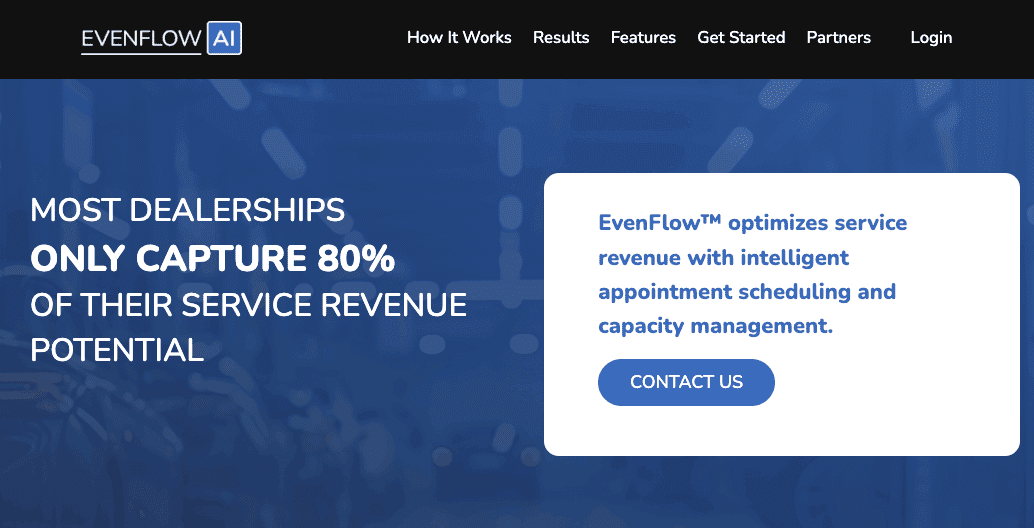Welcome back to the latest episode of “The Future of Automotive” on CBT News, where we put recent automotive and mobility news into the context of the broader themes impacting the industry.
I’m Steve Greenfield from Automotive Ventures, and I’m glad that you could join us.
This week — a rare look inside the future of auto manufacturing… and what might be the legacy industry’s best hope of staying competitive in a rapidly changing global market.
As Chinese automakers push forward with aggressive pricing and advanced technology, legacy car companies face a stark reality: evolve — or fall behind.
That’s why what’s happening at Toyota’s Georgetown, Kentucky plant is turning heads. After four decades of building Camrys, the automaker is rewriting the playbook — not with new models, but with a new way of building them.
It’s called “K-flex” — a nearly $1.8 billion transformation of Toyota’s oldest U.S. factory into what may now be the most flexible automotive assembly line in the world.
Toyota says this isn’t just a modernization — it’s a reinvention.
Inside Line 1 — the heart of the plant — cars aren’t just assembled. They’re choreographed. Thanks to an army of autonomous robots, artificial intelligence, and a radical redesign of how vehicles move through the factory, Toyota can now build almost anything it wants — from Camrys to Highlanders, from plug-in hybrids to fully electric vehicles — all on the same line.
And instead of the traditional nose-to-tail layout, cars here move door-to-door — a strategy known as “bias chassis.” It’s a small change with big benefits: less walking for workers, greater automation, and fewer constraints on vehicle size.
Massive self-driving platforms known as “skillets” ferry car bodies and drivetrains across the plant floor, moving freely — no tracks, no rails, no magnets. If something’s in the way, they stop… or simply go around. When they need to recharge, they quietly pull out of service, park at a charging station, and wait.
It’s a dance of precision, powered by software, sensors, and what Toyota calls “flexibility by design.”
Toyota’s smallest robots, known as OTTOs, navigate the space autonomously — delivering parts where they’re needed, and dodging workers as they go. When idle, they return to base and wait for their next mission.
The entire system runs on a secure Wi-Fi network — a digital nervous system connecting every robot, skillet, and workstation on the floor.
And perhaps most impressive? All of this was installed while the plant kept producing vehicles. No shutdowns. No missed quotas.
Toyota says this is now its global standard. But the implications go far beyond one company. In a world where speed, cost, and adaptability will define success, Line 1 may become a model for how legacy automakers can compete — not just in the next quarter, but in the next century.
For now, Line 1 still builds the Camry. But soon, it’ll handle three-row EVs and plug-in hybrids — proof that with the right innovation, even the oldest lines can lead the future.
So, with that, let’s transition to our Companies to Watch.
Every week we highlight an interesting company in the automotive technology space to keep an eye on. If you read my weekly Intel Report, we showcase a company to watch, and we then take the opportunity here on this segment each week to share that company with you.
Today, our new company to watch is EvenFlow.
Most dealerships only capture about 80% of their service revenue potential.
EvenFlow optimizes service revenue with intelligent appointment scheduling and capacity management.
During peak times, technicians and advisors are overrun, leading to rushed or skipped services and dissatisfied customers with long wait times. Off-peak, opportunity is wasted as technicians stand idle.
EvenFlow intelligently loads your shop to even the flow and pace of work, keeping your service lane productive, giving your team the appropriate time to fully service each customer, and ultimately making your customers happier.
If you’d like to learn more about EvenFlow, you can check them out at www.EvenFlow.ai


So that’s it for this week’s Future of Automotive segment.
If you’re an AutoTech entrepreneur working on a solution that helps car dealerships, we want to hear from you. We are actively investing out of our DealerFund.
Don’t forget to check out my first book, “The Future of Automotive Retail,” and my new book, “The Future of Mobility”, both of which are available on Amazon.
Thanks (as always) for your ongoing support and for tuning into CBT News for this week’s Future of Automotive segment. We’ll see you next week!



